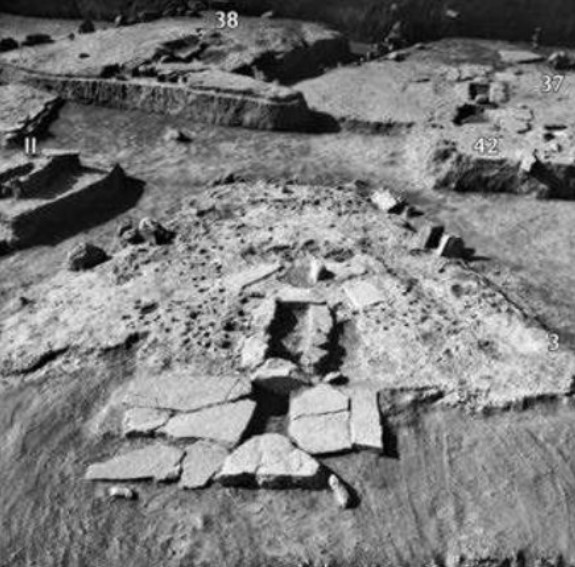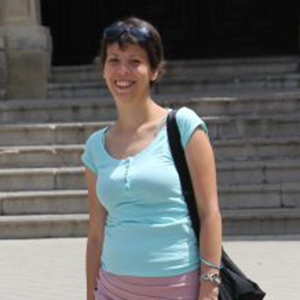
MESOLITHIC
In 2002, a project called “Culture of Lepenski Vir: cultural processes and transformations from the ninth to the sixth millennia B.C.” was carried out to reconstruct the process of transformation of hunter-gatherer communities into farming-pastoral communities in the Central Balkans. This research resulted in the publication of monographs and studies on a wide range of topics, including cut and polished stone artifacts, stratigraphy, the chronology and content of cultural layers, the anthropological characteristics of Đerdap’s inhabitants during the Mesolithic-Neolithic transition, and more. The publication of field documentation and other materials from the excavations will provide systematization to the broader professional and scientific community and offer insight into the cultural and chronological character of the culture.
In 2002, a project under the name “Culture of Lepenski Vir: cultural processes and transformations from the ninth to the sixth millennium B.C.” started and was carried out in two project cycles, including investigations of the sites of Lepenski Vir, Padina, Hajdučka vodenica, and Velesnica, and valorisation and presentation of the results of the research within the Đerdap I and Đerdap II projects. The aim was the reconstruction of the process of transformation of hunter-gatherer communities into farming-pastoral communities in the Central Balkans and all other changes within the material or spiritual culture and social structure caused by it, as well as the final determination of the cultural-chronological character of the culture of Lepenski Vir and its role in the process of the neolithization of the Central Balkans. This work resulted in the publication of monographs and studies on a wide range of topics, including cut and polished stone artifacts; stratigraphy; the chronology and content of cultural layers on Lepenski Vir; the anthropological characteristics of Đerdap’s inhabitants during the transition from the Mesolithic to the Neolithic, to name but a few.
The publication of field documentation and other materials from the excavations at Lepenski Vir and Velesnica will finally provide systematization to the broader professional and scientific community and, as a result, offer insight into the cultural and chronological character of the culture of Lepenski Vir and Velesnica, as one of the typical representatives of the early Neolithic settlement in the Đerdap area. Although the results allowed for significant progress in the understanding of the material culture of Lepenski Vir, there are still many open questions that we hope to answer in future publications.








